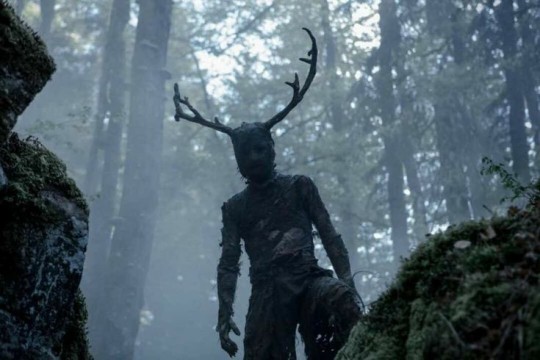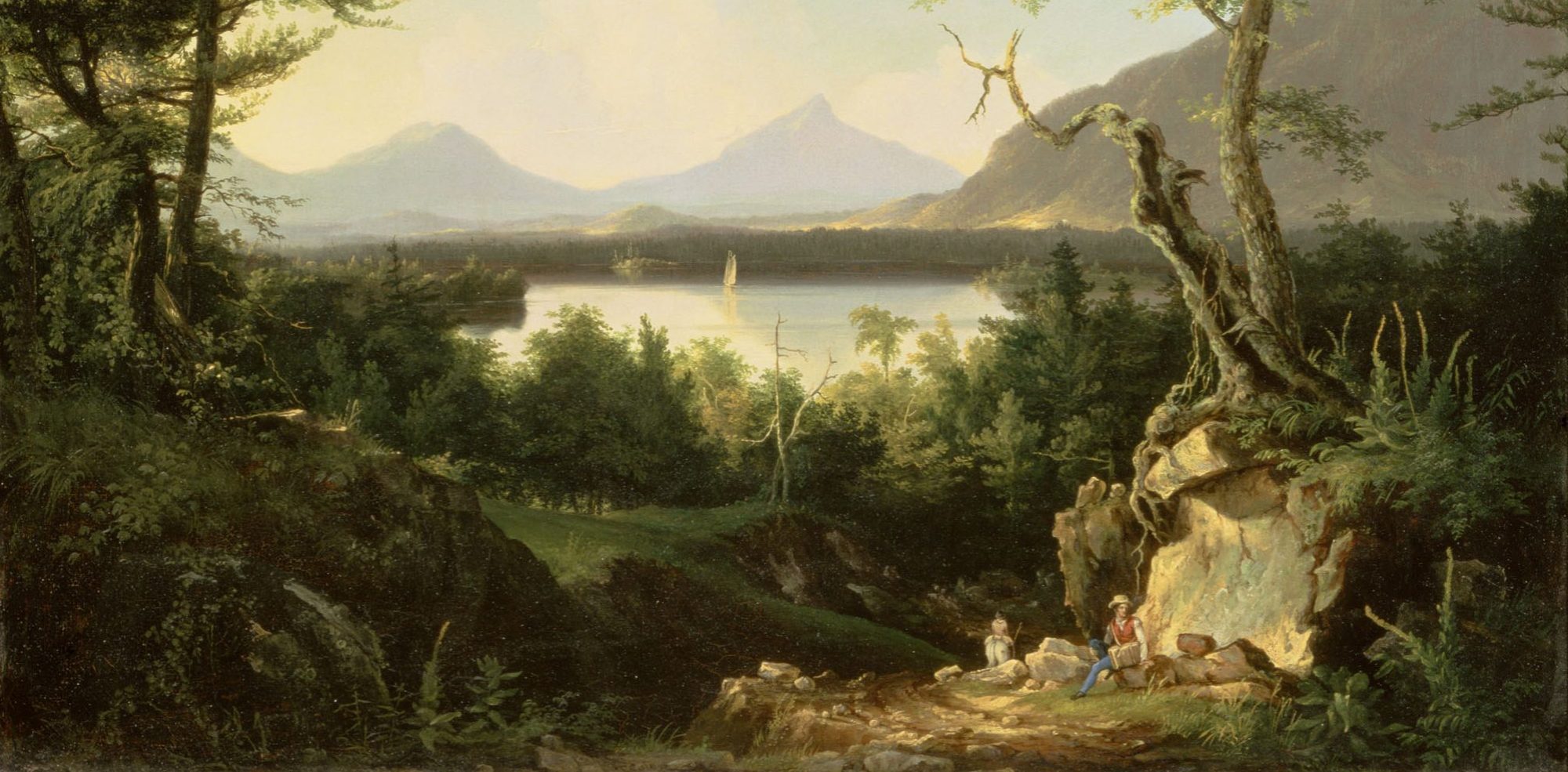If you like dark and gloomy crime TV with a touch of supernatural and mythological, don’t miss the French series Black Spot on Netflix.
When I first started watching Black Spot (orig. Zone blanche), I assumed it would be a typical crime story set in a small place in the middle of nowhere (just the sort I like best!). I wasn’t wrong about that part: the series is set in a fictional and very remote town by the name of Villefranche, surrounded by a thick forest. (The French term zone blanche refers to an area with no mobile phone reception.) Its main characters are the detectives from the local police station, and the members of the unscrupulous Steiner family who tightly control the entire community, either by means of corruption or the force of threat and violence.

Right from the first episode there’s no shortage of action and suspense: there are unexplained kidnappings and gruesome murders, compounded by the parallel narrative of the main character’s (Laurene Weiss, played by Suliane Brahim) attempt to make sense of her own kidnapping back when she was a teenager. Plus, there‘s a secretive group of environmental activists, the Children of Arduinna, whose members plot violent resistance against the Steiners. So far so good; even with just those elements, there would be more than enough to make this an enticing crime / drama series.
What I didn’t see coming is the added layer of folklore and mythology: while Laurene’s colleagues insist on finding very human perpetrators behind the crime spree in and around Villefranche, she gradually develops an obsession with local lore that speaks of an ancient deity by the name of Cernunnos, and a sanctuary dedicated to him hidden somewhere deep in the forest – the alleged site of pre-Roman rituals and human sacrifices. Was that the location of her own captivity? Is this supernatural being for real and what does it want? This theme becomes the main element of the plot in season 2, but I won’t reveal how the narrative develops. Besides, at the time of writing, season 3 is still in the making, and we’ll all have to wait a bit longer for the ultimate explanation.

With all these ingredients thrown in together (and a few others I’ve left unmentioned), you might think the plot would be too busy and messy, or that it would slide into the realm of fantasy fiction. However, it all works very well together, the narrative flow is quite seamless, and at no point does it turn into a fairy story. I just hope that the screenwriters won’t mess things up in the third season, which would be a real shame.
As an addendum, I’d like to share a few things about the actual main character of this series – the elusive god Cernunnos himself. Was he made up for the purposes of this series or has he been historically attested?
Lovers of mythology and students of European paganism will already know the answer to this question: Cernunnos is indeed an ancient Celtic deity. While not much is known about him or his cult, there are votive inscriptions that confirm the name, and there are images in which he is represented as one of the so-called horned gods, comparable to some extent with the Slavic god Veles, and a number of Germanic, Greek and Roman horned deities. Already his name is indicative: the Celtic root corn- / carn- and the Latin cognate cornus both mean ‘horn’.
Below is the most famous depiction of this deity, found on the Gundestrup Cauldron found in present-day Denmark, where Cernunnos is portrayed as an antlered figure (possibly in shamanic trance), in the company of forest animals.

In absence of any written material from the Gallo-Roman period that would tell us more about Cernunnos, there have been many theories regarding his cult, but most boil down to him being an ancient woodland deity – a protector or forests and animals, possibly connected with the underworld – elements used in Black Spot with much success.
I would be remiss not to mention a very modern phenomenon that has given this god a new life in our times. With the advent of neo-paganism, Celtic reconstructionism, Wicca and other nature-based religions, Cernunnos has been readily identified as one of the personifications of the syncretic Horned God, worshipped by the contemporary pagans as the consort of the Goddess, the god of the witches or a deity embodying the masculine principle.
Since neo-paganism is notoriously diverse and heterodox, there are many different takes on all that, but in this particular instance I’m happy to say that the writers of Black Spot have decided to stay as true to the Cernunnos of antiquity as possible, when it must have been very tempting to play with these more modern associations.
I hope I’ve managed to persuade you to watch Black Spot while it’s still available on Netflix and that the mythological background has been helpful.
If you’re curious to find out more about Cernunnos, ancient and modern, have a look at the following articles:
The ‘Cernunnos’ entry on Mythopedia
‘The Horned God of Wicca’ on Patheos
‘Reconstructing the Horned God’ on Medium
EXTRA RESOURCE FOR ESL/EFL LEARNERS
To practice some of the vocabulary found in this article, click here for an online exercise.


Amazing story !!!!!
LikeLiked by 1 person